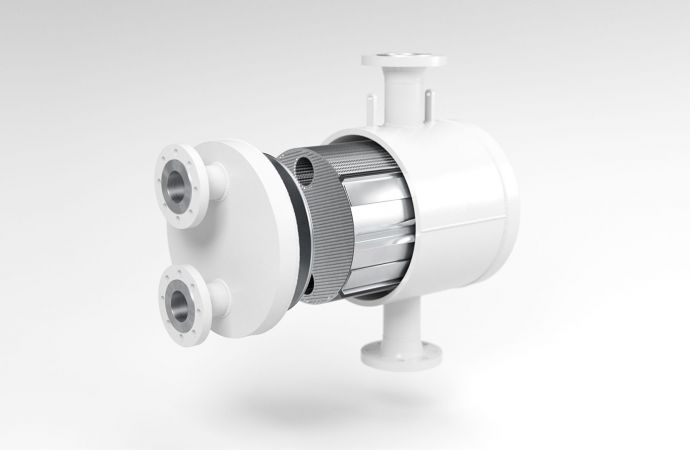Sixteen states have now enacted or are pursuing HFC bans in the absence of federal rules.

Colorado River
Two more U.S. states – Colorado and Virginia – last week took steps to regulate HFCs in the continuing absence of federal HFC regulations.
On May 22, Colorado’s Air Quality Control Commission approved prohibitions on a list of products containing HFCs that mirror the U.S. Environmental Protection Agency’s SNAP rules 20 and 21; those rules were partially vacated by the U.S. Court of Appeals D.C. Circuit, and then fully abandoned by the EPA in 2018.
Regulated sectors include commercial refrigeration, insulating foams, building chillers and aerosol products, among others.
In February, the commission proposed following a “model rule” published by the U.S. Climate Alliances, which is a “framework that is designed to ensure all the states have substantially similar rules,” said Julie Cerqueira, Executive Director of the U.S. Climate Alliance. “It is essentially a mirror of SNAP.”
The U.S. Climate Alliance is a consortium of 24 states and Puerto Rico committed to addressing climate change and reducing HFC emissions in the absence of federal direction.
On May 21, Virginia Governor Ralph Northam signed a new law requiring his state’s Air Pollution Control Board to adopt similar HFC restrictions, according to a blog posted by the Natural Resources Defense Council (NRDC), written by David Doniger, Senior Strategic Director, Climate & Clean Energy Program, and Christina Theodoridi, Technical Analyst, Climate & Clean Energy Program.
Colorado and Virginia follow California, Vermont, Washington and New Jersey as states that have passed legislation to adopt HFC use limits based on SNAP rules 20 and 21; Hawaii, Oregon, Rhode Island, Massachusetts, Maine, Connecticut, Delaware, Maryland, Pennsylvania and New York have committed to regulatory action to do the same. These 16 states are among the 24 in the U.S. Climate Alliance,
“[The states] are acting to fill the gap in federal regulation that is creating uncertainty in the U.S. market, penalizing the companies at the forefront of innovation, and giving up an opportunity for low-cost greenhouse gas emissions reductions across the country,” said the NRDC blog.
In 2020, both chambers of the U.S. Congress have proposed bipartisan federal HFC legislation, Senate bill S.2754 and House bill H.R. 5544. The legislation “provides a clear framework for a nationwide HFC production phase-down over the next 15 years, and it restores federal power to address end uses that can quickly switch to safe alternatives,” said the NRDC blog.
The Senate Environment and Public Works Committee recently held a socially distanced “hearing” on the Senate bill which has 34 cosponsors, 17 from each party. Meanwhile, H.R. 5544 has been approved by a subcommittee of the House Energy and Commerce Committee and has 28 cosponsors, 14 from each party.
If the federal bills become law, “states will likely see less need for regulating HFCs,” noted the NRDC. “But it is important that states be there to fill the gap if the federal government should falter again.”
[The states] are acting to fill the gap in federal regulation that is creating uncertainty in the U.S. market."
– NRDC
Related stories



